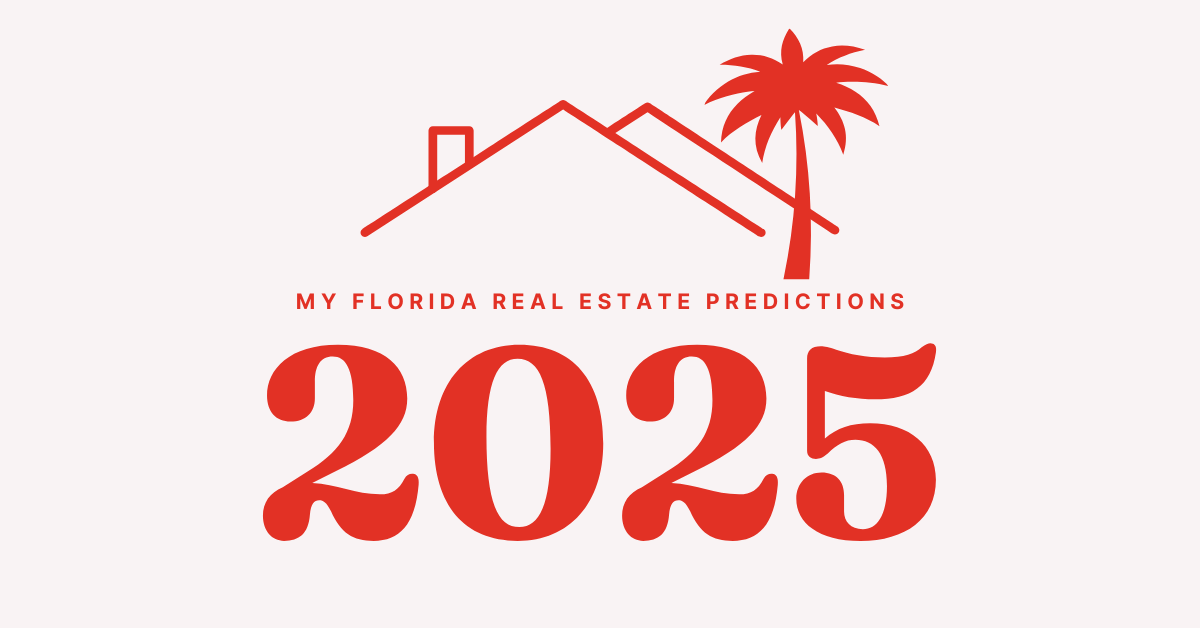The First Step to Buying a Home
Buying a home is the biggest financial commitment you will make. Before getting started, you need to answer the question: “How much can I afford?” You find the answer to that question by going to a mortgage professional. Here are the things a lender looks at to determine the answer to the question.
Debt-to-Income Ratio
Also called DTI, this ratio compares your monthly debt payments with your monthly gross income. If you divide your monthly payments (including credit cards, car payment, student loans, and other consumer credit) by your gross monthly income, you get your DTI. A DTI of 35% is considered good, but it can go higher with some loan programs. A lender might suggest reducing your DTI by paying down debt to bring down your ratio.
Income & Assets
This one is pretty straightforward. How much money do you make? The lender will ask to see pay stubs, tax returns, W-2s, 1099s, and bank statements showing income deposits. Along with checking your bank statement for income deposits, a lender will also look at your cash balances in checking, savings, and other financial accounts. How much available money do you have to put towards a downpayment on a home?
Employment
Two-years of consistent employment is what a lender is looking for, but there can be exceptions to this. And if you’re self-employed, the two-year guideline also applies, as well as additional income verification. If there are gaps in your employment, you’ll be asked to explain. The lender will check paystubs and probably even contact your employer to verify employment.
Credit Score
The lender uses your credit score to assess the risk of lending money to you. The higher the score, the lower the risk (credit scores range from 300 to 850). The two big things that make up a score are payment history and how much of your potential credit you are using. Do you pay your bills on time? And how much of your credit are you using? If you are using under 30% of your total credit available, it’s a good sign to lenders that you are responsible with your use of credit. See NerdWallet’s excellent description of credit scores here.
You can check your own score for free, often through your bank or websites like AnnualCreditReport.com. Remember, you have a right to check your score and dispute anything that may be bringing your score down.
There are a lot of details when getting pre-approved for a mortgage – it can be overwhelming. I suggest you work with a mortgage broker. A mortgage broker can shop loans for you, like an insurance agent does, and guide you through the steps. Once you have a pre-approval, you can start shopping for a home. When you find a home you would like to buy, the “pre-approval letter” written by the mortgage broker will be submitted to the seller along with your offer. I communicate and work closely with the mortgage broker during the whole home-buying process. It’s a complex process, but at the end, you’re a homeowner!

